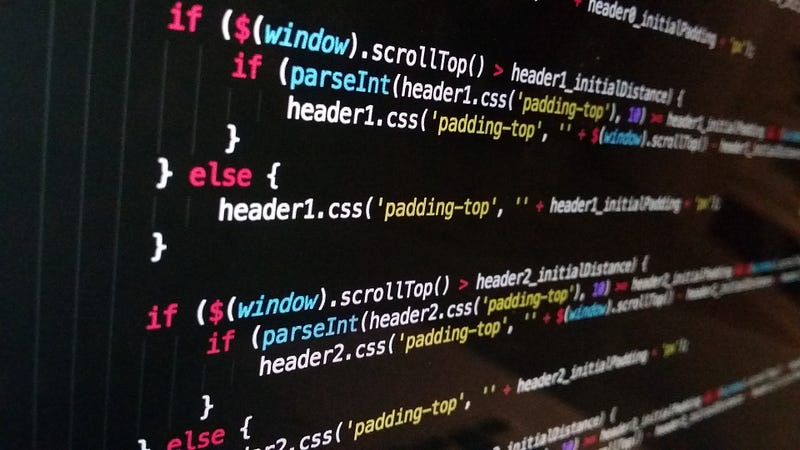
Understanding Facade Design Pattern
Here are my notes about Facade Design Pattern.
What is Facade Design Pattern?
It is basically a structural design pattern that provides a simplified Interface to a set of complex classes.
Often needed when there is a large number of interdependent classes or because parts of the code are unavailable.
In other words, we can say it is a camouflage to cover the all complexities of the complex system and provides a simplified wrapper to hide the details of implementations.
The Advantages of Facade Design Pattern
- Decouple the complex system logic from the clients
- Promotes the principle of loose coupling
- Due to the low degree of interdependence of the individual components, changes (modifications, maintenance) are convenient and possible at any team
- Software becomes more flexible and easily expandable
The Dis-Advantages of Facade Design Pattern
- A high degree of dependence on the facade interface
- Complex implementations especially with existing code
- An extra level of abstraction gets added because of Facade.
Exercise
In this example, we are hiding the complexity of drawing something behind the ShapeMaker class.
We are passing Rectangle, Circle, and Square from outside the class because I don’t want to create a dependency inside ShapeMaker. But it is a different topic.
For this example, it is ok to create new instances inside the ShapeMaker function.




